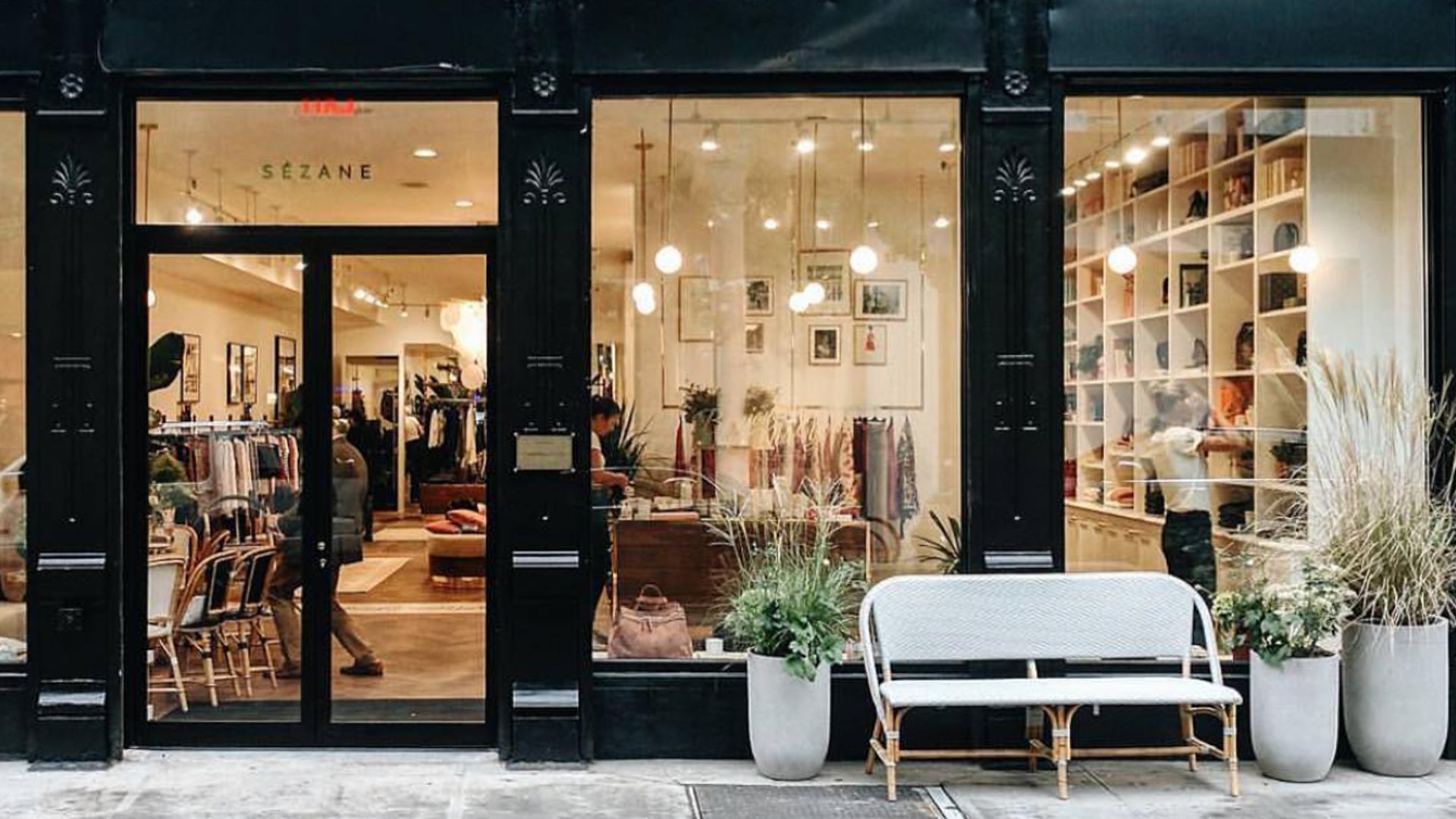Checking out the World of Sustainable Boutique Fashion Brands
Checking out the World of Sustainable Boutique Fashion Brands
Blog Article
A Deep Study the World of High-Fashion Runways: Understanding Garments as Art
High-fashion paths have actually emerged as sectors where garments transcends its utilitarian beginnings, progressing right into a sophisticated kind of creative expression. Designers, just like skillful artists, weave elaborate stories via kind, fabric, and shade, redefining and testing traditional standards appeal standards. These shows are greater than plain display screens; they are immersive experiences, where every stitch and joint narrates abundant with cultural significance and progressive technology. As we discover these sartorial eyeglasses, we must contemplate: what role does style play fit social values, and just how does it reflect the ever-changing tapestry of human emotion and identification?
The Evolution of Runway Reveals
The trajectory of path shows has changed considerably over the decades, advancing from special sector occasions to captivating eyeglasses that blend fashion with art. Typically, runway shows were intimate events, kept in ateliers or tiny places, largely attended by buyers and market experts. These very early discussions concentrated on the garments' workmanship and commercial viability, providing a practical and straight display of seasonal collections.
As the fashion business increased, the nature of path shows started to alter. The 1970s and 1980s marked a turning factor, with designers looking for to distinguish themselves through even more theatrical discussions. This era saw the surge of sophisticated collections, choreographed designs, and thematic narratives, advertising a new age where the path became an experiential platform. The shows changed into a kind of storytelling, where each collection shared a distinct story or idea.
In recent years, technology and social networks have even more reinvented runway programs, making them available to an international audience. Livestreaming and digital platforms have actually equalized fashion, enabling enthusiasts worldwide to witness these events in real-time (boutique fashion). This evolution mirrors a wider social shift, where high-fashion paths function as a dynamic intersection of performance, design, and technology
Designers as Enthusiast Artists
Designers in the high-fashion market have actually blurred the lines between practical garment production and the theoretical world of art. By embracing imaginative disciplines such as sculpture, paint, and progressive setups, developers craft garments that test standard fashion standards and raise them to art kinds.
Visionary designers draw motivation from a myriad of resources, consisting of abstract art, historic referrals, and personal stories. They possess a distinct ability to envision and appear ideas that press the limits of standard fashion, usually redefining aesthetic standards in the process. This innovative resourcefulness is showcased with remarkable silhouettes, cutting-edge products, and complex craftsmanship, which welcome customers to experience style as greater than just wearable products.
In addition, the path serves as a canvas for these artists, where lighting, songs, and set layout coalesce to produce immersive experiences. These discussions are not just display screens of garments but are managed efficiencies that stimulate feeling and provoke thought, verifying the developer's duty as a real musician in the modern social landscape.
Social Influences in Style
Social tapestry weaves its elaborate patterns into the material of style, influencing designers globally. The dynamic interchange of social tales, traditions, and icons informs and influences collections that poise high-fashion runways.
The impact of culture on style is often seen in the reinterpretation of typical garments and patterns. The use of Japanese kimonos, Indian saris, or African prints in modern style reflects read the full info here a mix of cultural authenticity and modern-day visual appeals. Designers such as Valentino's Pierpaolo Piccioli and Alexander McQueen's Sarah Burton have been known to integrate rich social themes right into their couture collections, translating history right into wearable art.

Advancement in Material and Layout
Innovation in material and design constantly reshapes the landscape of high-fashion, pushing borders and redefining opportunities. Developers are significantly checking out the combination of innovation, such as 3D printing, which enables official website for the creation of complex frameworks that were formerly unthinkable.
Additionally, sustainability has come to be a critical style in fabric innovation. The fashion business is seeing a rise in making use of environment-friendly materials, derived from recycled plastics, organic fibers, and also naturally degradable elements. These developments not only offer brand-new textures and looks however additionally address vital ecological problems. Designers are embracing these materials to craft garments that are both aesthetically striking and mindful of their ecological impact.
In regards to design, avant-garde shapes and speculative types are constantly revolutionizing the runway. By including non-traditional materials and cutting-edge techniques, developers cultivate garments that blur the line between style and art, setting new criteria for imagination and expression in the high-fashion round.
Influence of Fashion on Society
Style possesses a profound impact on society, offering as both a representation of social identification and a driver for social adjustment (boutique fashion). Via its evolution, fashion has mirrored social changes, encapsulating the zeitgeist of different periods.
Furthermore, fashion has the power to bridge cultural spaces, fostering understanding and appreciation amongst diverse teams. As globalisation increases, the cross-cultural exchange of fashion concepts comes to be significantly substantial, promoting inclusivity and diversity. The surge of streetwear, stemming from metropolitan subcultures, shows exactly how style can go beyond socio-economic borders, approving people a means of self-expression go and empowerment.
Fundamentally, style is not simply regarding aesthetics; it is a dynamic pressure that influences worths, perspectives, and social progress (boutique fashion). By continually interacting with cultural and social currents, style stays an essential part of the cumulative human experience

Verdict
Designers, akin to visionary musicians, manage collections that show identification, feeling, and cultural stories, testing standard looks. This junction of fashion and artistry not just astounds target markets worldwide but also influences societal perceptions and advertises a much deeper appreciation for social diversity.

Cultural tapestry weaves its elaborate patterns right into the material of style, affecting designers globally.Fashion possesses a profound influence on culture, offering as both a reflection of cultural identity and a driver for social adjustment.
Report this page